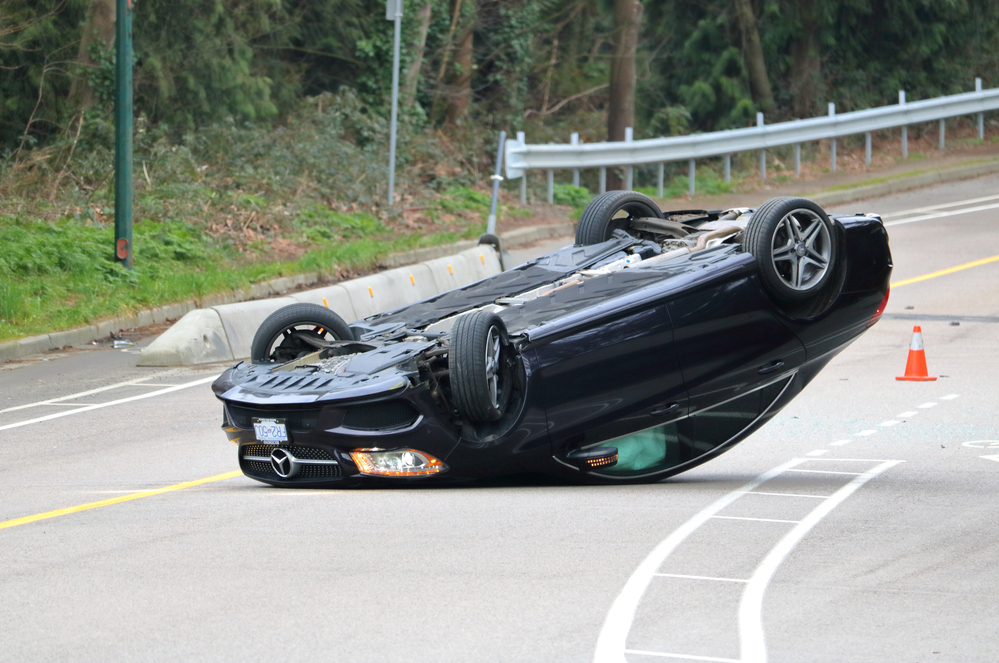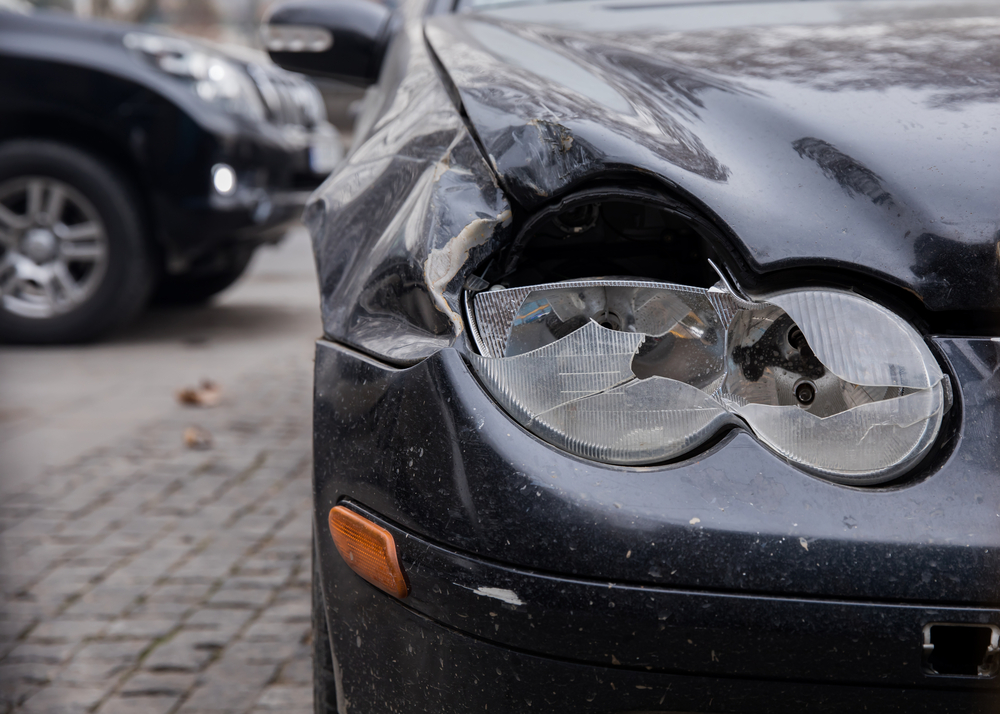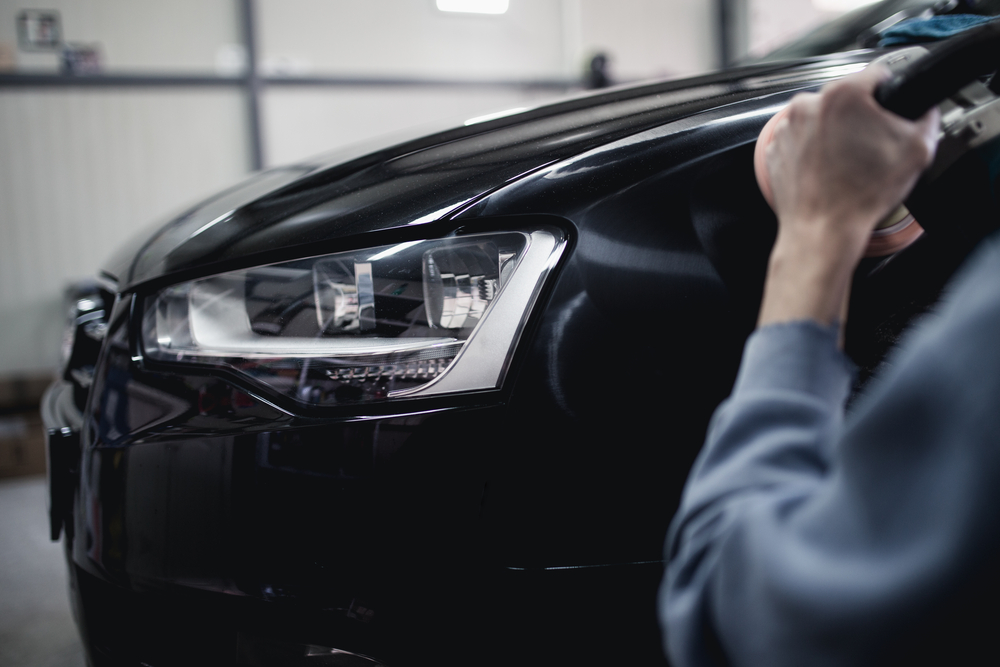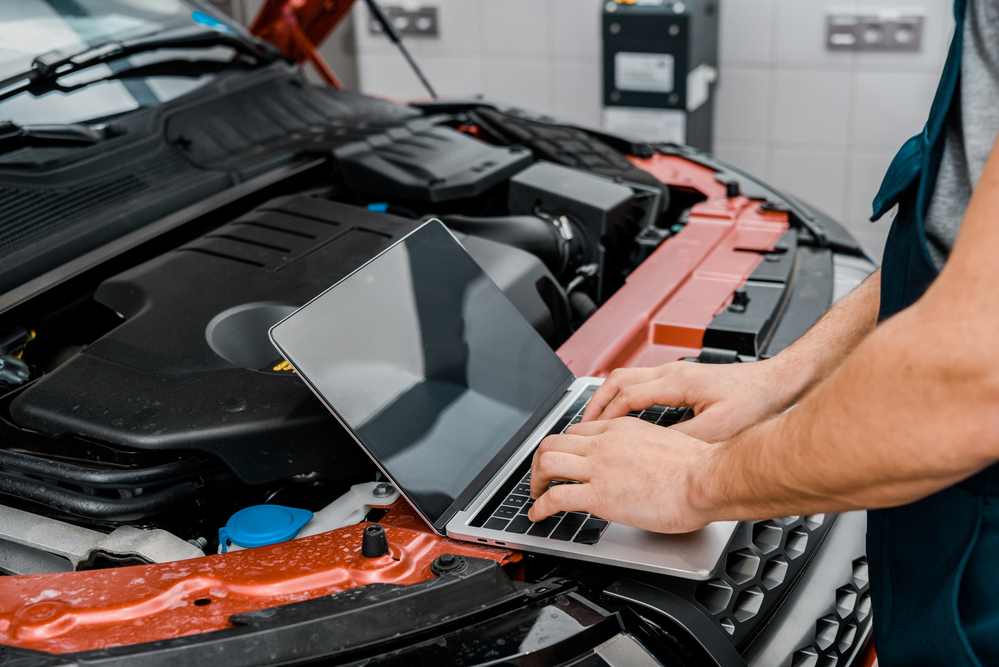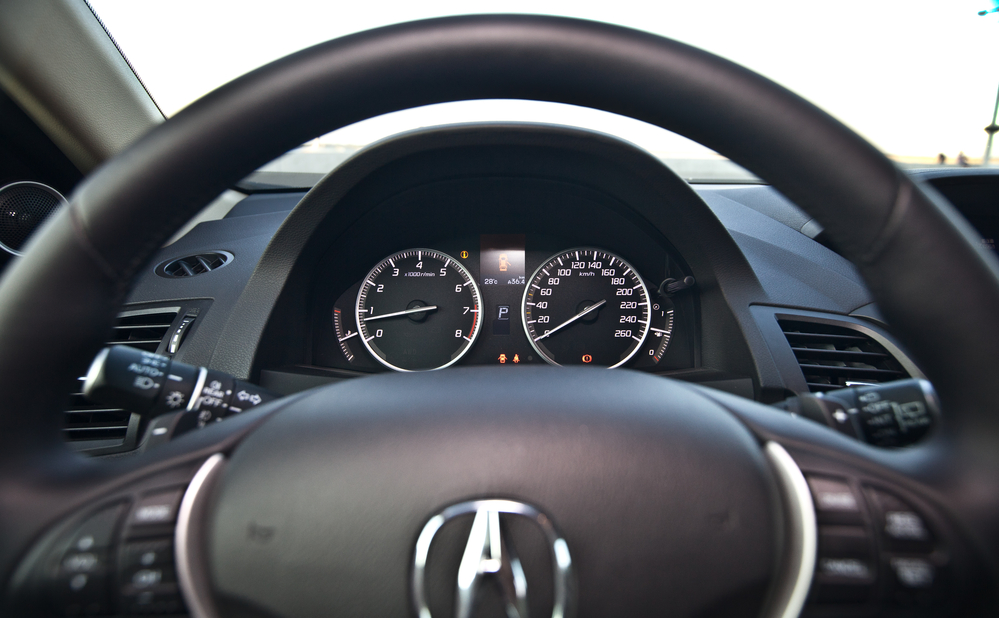A rollover accident is a terrifying experience that literally turns your world upside down. Furthermore, such accidents can cause tremendous damage to your vehicle. In the aftermath of such an event, you may wonder whether your car can be repaired or if it’s destined for the scrapyard. Understanding the nature of rollover accidents and the potential for vehicle repair is essential for navigating this challenging situation. Can a vehicle be repaired after a rollover? Let’s find out.
Key Takeaways
- Rollover accidents involve a vehicle tipping onto its side or roof, often causing severe injuries and extensive damage.
- Tripping, speeding, crashes, and adverse weather conditions can all contribute to rollover accidents.
- Despite the severity, vehicles involved in rollover accidents can often be repaired based on the extent of damage and modern safety features.
- Collision repair centers like Elmer’s Auto Body offer expertise, specialized equipment, and assistance with insurance claims for effective repairs.
What is a Rollover?
A rollover occurs when a vehicle tips onto its side or roof during a crash, often involving multiple rolls before coming to a stop. These accidents can be particularly violent and are frequently associated with serious injuries due to the vehicle’s unstable motion.
What Causes a Car Rollover?
Rollovers can be caused by a number of factors, some completely unavoidable, such as:
Tripping
Tripping is one of the leading causes of rollover accidents and typically occurs when a vehicle’s tires encounter an obstacle that disrupts its stability. Such obstacles include curbs, ditches, uneven road surfaces, and guardrails. When a vehicle’s tires strike such obstacles, particularly at excessive speeds, the abrupt change in trajectory can shift the vehicle’s weight, causing it to lose balance and roll over.
Speeding
Excessive speed significantly increases the risk of a rollover accident, particularly when navigating curves or turns. When a vehicle travels at high speeds, the centrifugal force generated during cornering can exceed the tires’ grip on the road surface. This loss of traction can cause the vehicle to slide or skid sideways, initiating a rollover sequence as the vehicle’s momentum overcomes its stability.
Crashing
Rollover accidents can occur as a result of collisions with other vehicles or stationary objects, such as trees, barriers, or embankments. The force of impact from a collision can cause a vehicle to overturn, especially if the collision occurs at an angle or with sufficient lateral force. T-bone collisions, where one vehicle strikes another on the side, are particularly prone to causing rollovers due to the asymmetrical distribution of force.
Inclement Weather
Adverse weather conditions, such as rain, snow, or ice, pose significant challenges for drivers and increase the likelihood of rollover accidents. Additionally, wet or icy road surfaces reduce tire traction, impairing the vehicle’s ability to maintain stability and control. This is especially when true when hydroplaning occurs. Hydroplaning, where a layer of water forms between the tires and the road surface, eliminating traction, results in the loss of steering and control, sometimes leading to a rollover.
Can a Car Involved in a Rollover Be Repaired?
Yes, a car involved in a rollover can often be repaired, but it depends on the extent of the damage. Modern vehicles are designed with safety features to withstand various types of impacts, including rollovers. However, the severity of the rollover and resulting damage will determine the feasibility and cost-effectiveness of repairs.
What Kind of Damage Does a Rollover Cause?
When a vehicle is involved in a rollover accident, the forces exerted on the vehicle can lead to extensive damage across various components. Here is an overview of the damage commonly caused by rollover accidents:
Structural Damage to the Frame and Chassis
Rollovers subject the vehicle’s frame and chassis to immense stress and torsion, often resulting in structural deformation. The frame, which serves as the vehicle’s backbone, may become bent, twisted, or cracked due to the forces exerted during the rollover. Chassis components, including the suspension mounts and subframes, can also sustain damage, compromising the vehicle’s overall structural integrity.
Roof and Pillar Distortion
The roof and pillars of a vehicle are particularly vulnerable during a rollover, as the weight of the vehicle may come to rest on these components. As the vehicle rolls over, the roof and pillars may undergo significant deformation, bending, or collapsing under the impact forces. This distortion can compromise the structural integrity of the vehicle’s cabin, reducing its ability to protect occupants in the event of a subsequent collision or rollover.
Broken Glass and Windows
Rollover accidents often result in the shattering or breakage of glass components, including windows, windshields, and sunroofs. The violent motion of the vehicle during a rollover can cause glass to fracture, leading to widespread glass debris both inside and outside the vehicle. Plus, broken windows and glass pose a safety hazard to occupants and may further exacerbate injuries sustained during the accident.
Mechanical and Electrical System Damage
Components such as the engine, transmission, drivetrain, and exhaust system may sustain damage from impacts with the ground or other objects. Electrical systems, including wiring harnesses, sensors, and electronic control units, may also be compromised, leading to malfunctions or failures in vehicle systems.
Reasons to Go to a Collision Repair Center for Rollover Damage
Rollover damage is not something that can be repaired doing it yourself. It is important to find a collision repair center that is local to take care of your vehicle and return it to its pre-accident condition. Here are some reasons why a collision repair center like Elmer’s Auto Body is your best option:
- Expertise: Collision repair centers have the expertise and specialized equipment to assess and repair rollover damage accurately.
- Structural Integrity: Repairing structural damage is crucial for restoring the vehicle’s integrity and safety.
- Safety: Proper repairs ensure that the vehicle meets safety standards and performs as intended in future driving scenarios.
- Insurance Assistance: Collision repair centers can work with insurance companies to facilitate the claims process and ensure proper coverage for repairs.
Looking for a South Jersey Collision Repair Center?
Although rollovers can cause extensive damage to your vehicle, there are some situations where the damage can be repaired. It is important to discuss your options with your insurance company and a professional auto technician, like those at Elmer’s Auto Body. Additionally, if your vehicle has been involved in a rollover accident in South Jersey, Elmer’s Auto Body is here to help. Our experienced technicians specialize in handling rollover damage and will work diligently to restore your vehicle to its pre-accident condition. Contact us today at one of our South Jersey locations to schedule an assessment and get your vehicle back on the road safely.

